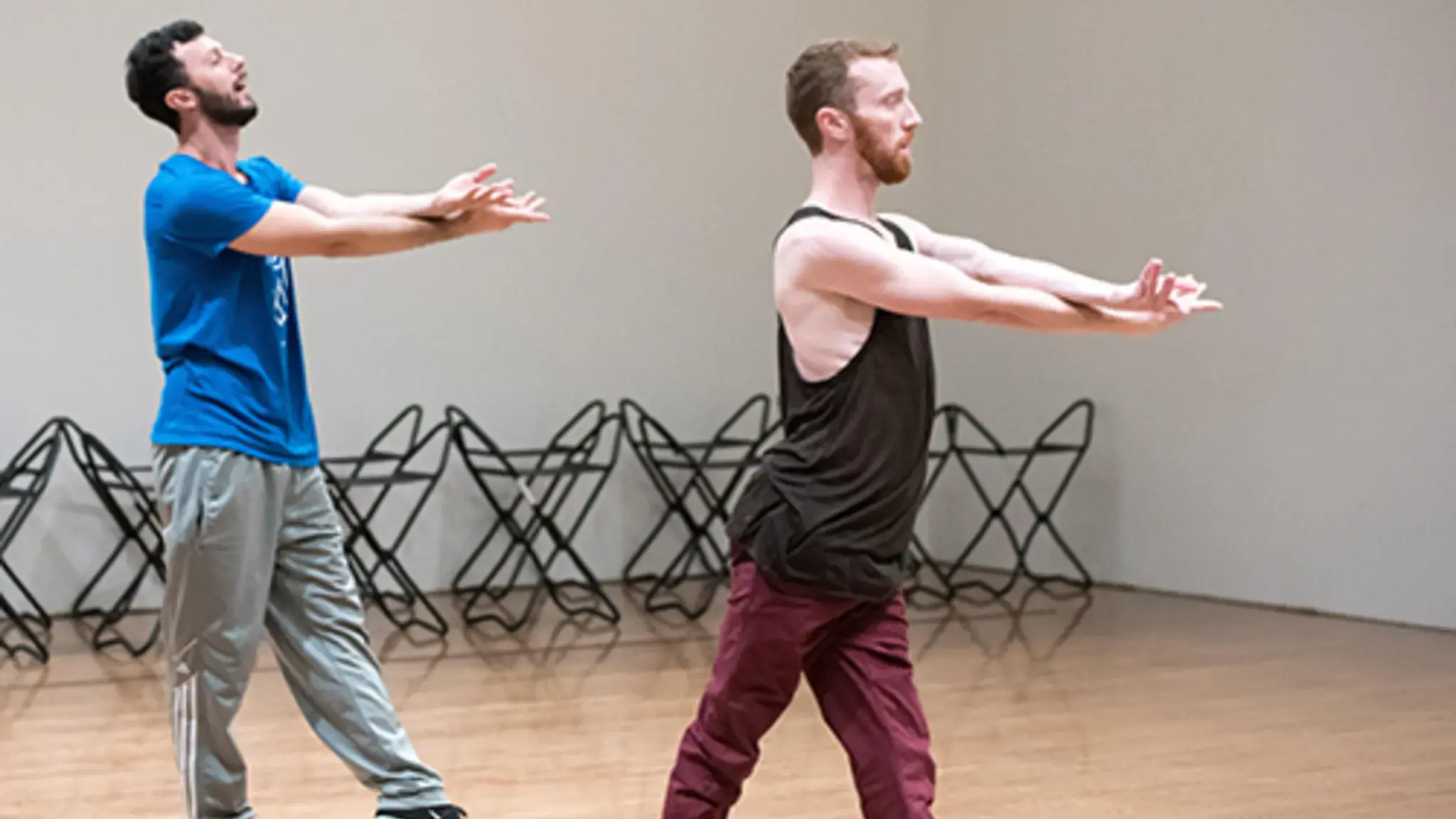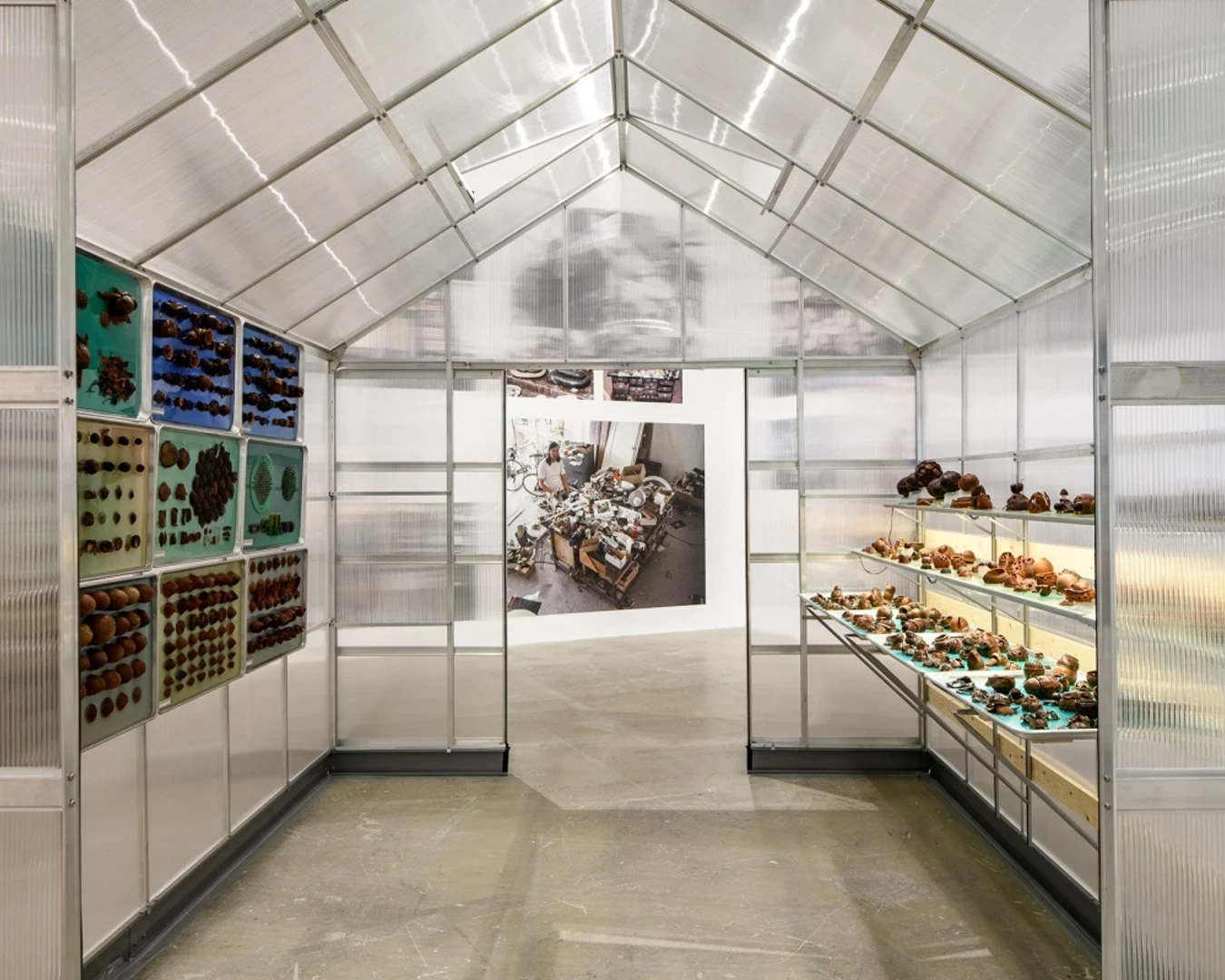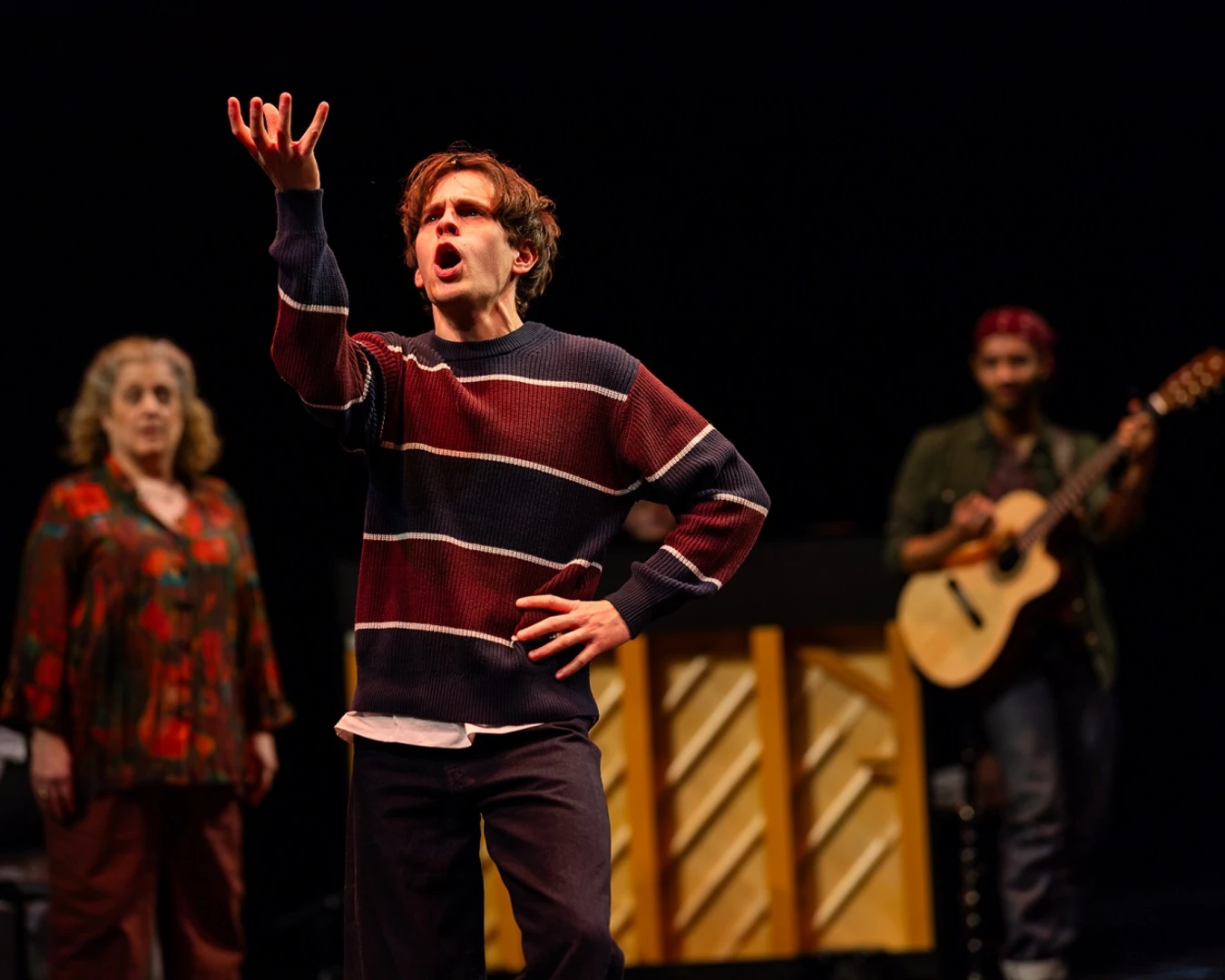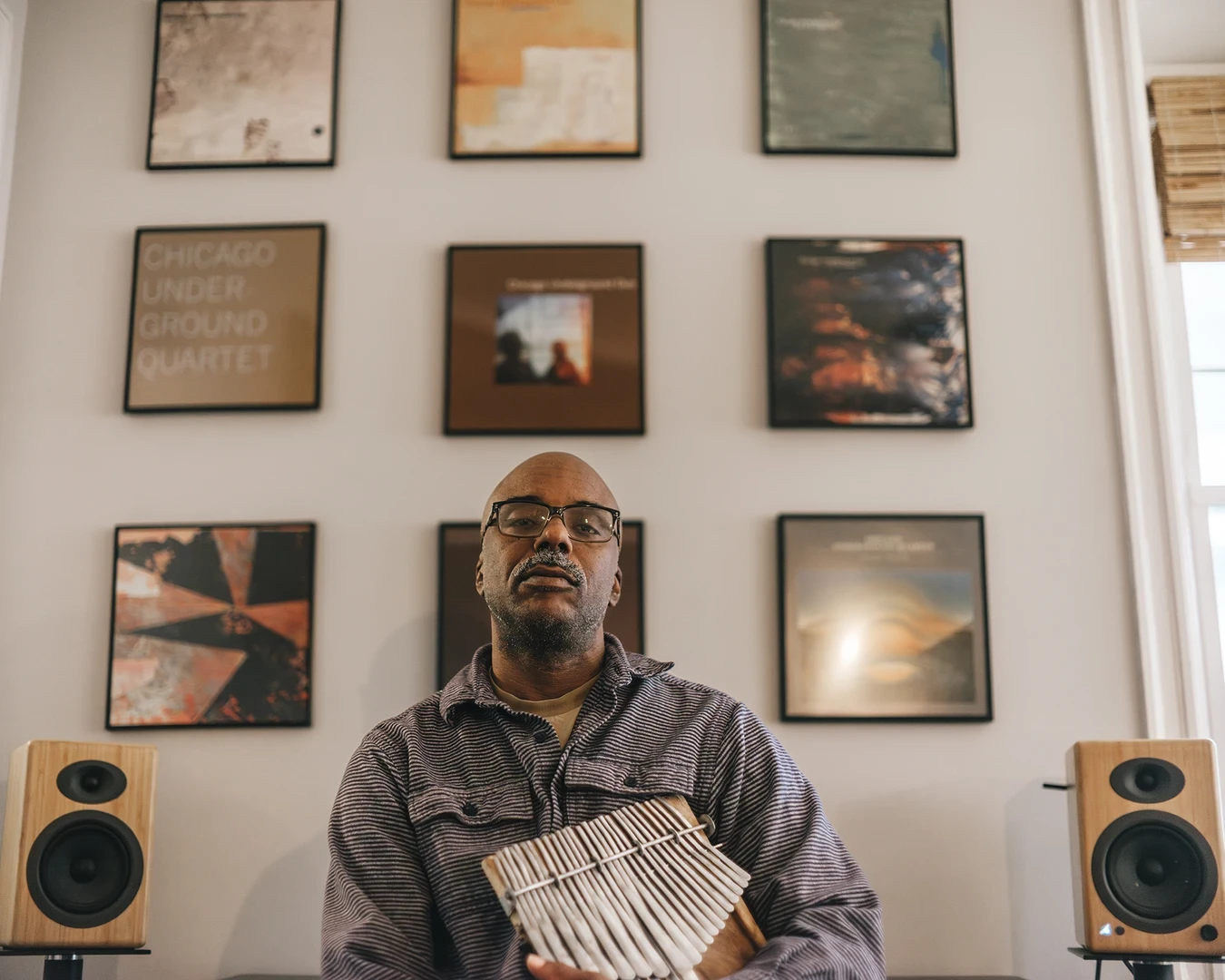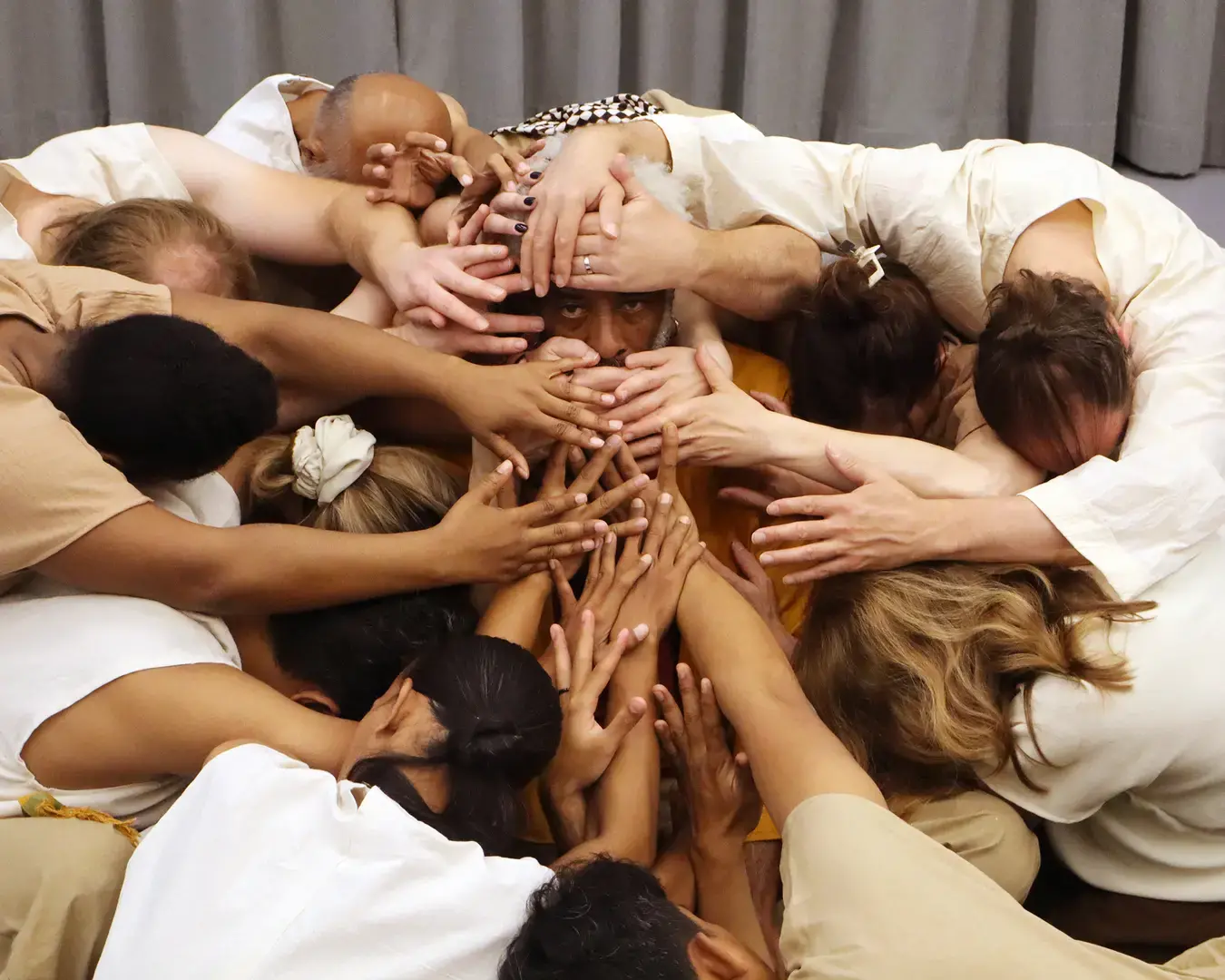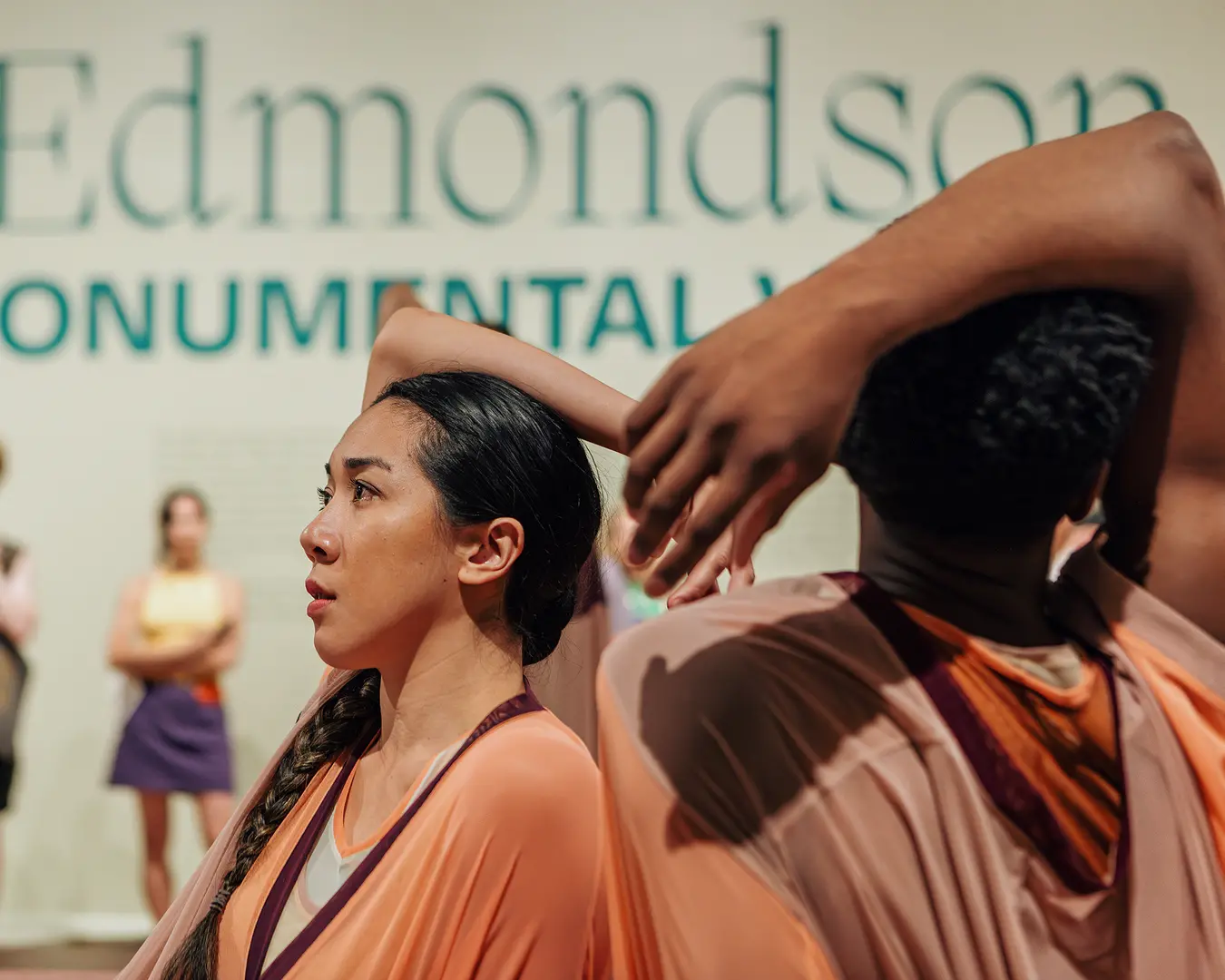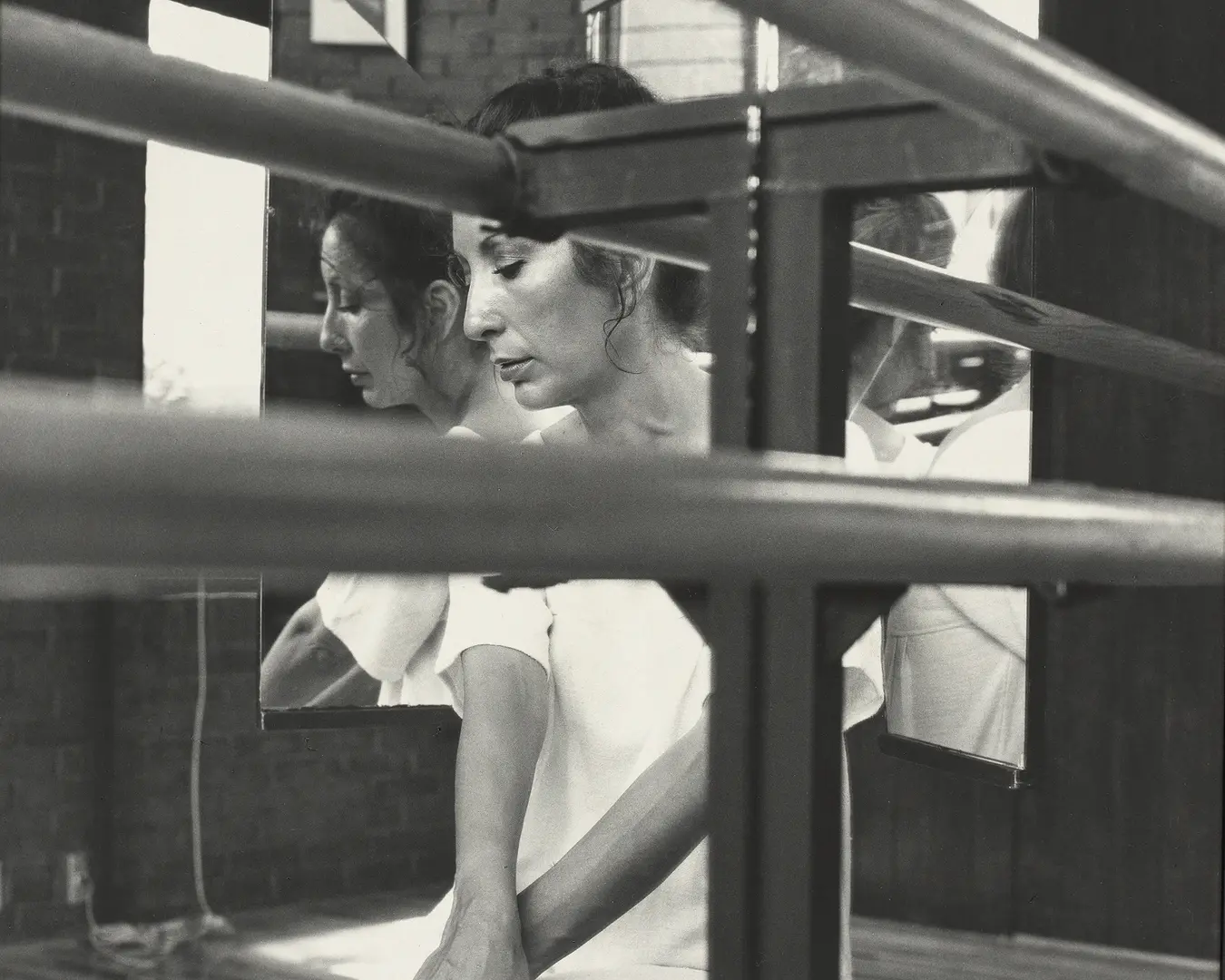In September 2016 with Center support, the Philadelphia Museum of Art (PMA) presented the eighth annual Anne d’Harnoncourt Symposium, “Museum as Score”—a two-day “thought experiment” investigating how the idea of the museum as a static archive is upended in today’s cultural context in which durational, event-based, and experimental artworks, exhibitions, and experiences are becoming more prevalent.
The symposium keynote lecture was delivered by co-organizer Carlos Basualdo, The Keith L. and Katherine Sachs Senior Curator of Contemporary Art, Philadelphia Museum of Art. In the keynote, Basualdo assesses the historical role of the museum as a product of the Enlightenment, and contemplates the possibilities that arise when museum collections are re-imagined as active and performative environments, as opposed to timeless repositories of objects. The transcribed version of Basualdo’s essay follows.
--------
Every mortal thing is preserved in this way; not by keeping it exactly the same for ever, like the divine, but by replacing what goes off or is antiquated with something fresh, in the semblance of the original.
—Plato, Symposium
Panta Rhei, as Heraclitus the Obscure once said, “everything flows;” and yet… Today we repeat his words here, at the very heart of a building created for the preservation of objects for posterity. But everything flows.
The word museum (Mouseion/Greek, Musaeum/Latin) was first used for the sanctuaries dedicated to the Muses (Mousai), the nine daughters of Zeus and Mnemosyne who preside over literature, poetry, history, art, music, and astronomy. In Hellenistic times, the word Mouseion was used to designate a building complex in Alexandria established by Ptolemy I Soter, a Macedonian general who fought with Alexander, as an encyclopedic library dedicated to instruction and research, along the lines of Aristotle’s peripatetic school in Athens, the Lyceum—itself named after the Athenian gymnasium of the same name. What traces of the temple and the ancient school might be found in this museum—in any museum—as it exists today? The building of the Philadelphia Museum of Art used to be called the “Big Greek Garage,” obviously in reference to its expansive size and architecture. It sits properly on top of its own local acropolis in a city that carries a name that, perhaps coincidentally, was used as the epithet of Ptolemy II, the successor of the first Ptolemaic ruler, Philadelphus, himself a great proponent of the Museum in Alexandria.
In fact, the modern museum finds its roots no further than the Renaissance, and acquired a large portion of its ideological baggage centuries later, during the passionate debates of the Enlightenment. 1 A building such as this one here calls attention to the enormous relevance that the ancient legacy supposedly had for its builders. It is in modern times that the Museum’s purpose becomes defined around the preservation, research, display, and augmentation of its collection, and its collection conceived as ensemble of objects, primarily—–but not exclusively—paintings and sculptures. From a relatively marginal position, the function of display would progressively adopt a role that has become central for the institution today. So, here we are, very far from the temple for private devotion or the comprehensive library of manuscripts for study and research. However, an attentive listener could still perceive, in this very building, the potent echoes of that remote past. In its secular vests, the Museum is still silently traversed by many traces of the divine. It is not just the many gods and goddesses, in so very many paintings and sculptures, in different poses and guises and degrees of covering and uncovering, but the very notion of the divine and its kernel of eternity investing not just the figures represented in the works, but the very workings of the institution. To care for and to preserve forever—but are those terms equal and the same?—the contents of the collection. Panta Rhei.
- 1. See The Classical Tradition edited by Anthony Grafton, Glenn W. Most, and Salvatore Settis. Harvard University Press Reference Library: Cambridge and London, 2010. Entry on “Museum,” pages 604 – 607.
I propose that we realize an exercise together. This proposal is a thought, or a thought experiment. But why are thought experiments not more frequent in art history? It seems to me that we leave all the amusement to the scientists when they propose impossible conditions for implausible situations. Nothing is ultimately more productive than to imagine that something unimaginable might in fact be taking place, and to attempt to account for its occurrence. As a proposal, let’s imagine then that caring for the collection does not strictly imply preserving it for posterity, that the divine might not reside solely in the promised eternity of the objects, but that it is instead diffused, a lighter touch, existing in the very moment in which the public encounters in the works a touchstone for their feelings and their thoughts, the form of a beginning. The divine conceived not as the tragic limit of our very human experiences but as a form of brilliant dust that covers everything within our reach. To care formight mean then, to make those beginnings endlessly possible. Let’s imagine thenthat to care for a collection is the obligation to make it ever-present, to make of it an urgent offering to the public, a vow that is renewed again, over and over. Our experiment would then consist of thinking that the Museum is nothing but a score. But what is a score?
The Indo-European root for the word “score” is sker, which means to cut. The term is thus linked with the notion of creating a notch and keeping a tally—and that is exactly what the Old Norse root of the word means. There is, from the beginning, a double purpose inscribed in making a “score,” that of performing a certain action and that of producing a physical record for a quantity or quality that is abstract. To render visible—and tangible—that which cannot be seen. The cut of the score, while splitting open the surface on which it is inscribed, fuses action with abstraction, making them indistinguishable. It inscribes a temporal dimension on that surface, the very act of inscription alchemically turning a portion of space into the physical expression of duration.
In the language of musicology, a score designates either the analogue or digital manifestation of a written musical composition, or the work itself when it constitutes the musical background for a spectacle, like a theatrical play or a movie. In a musical score, a notation is employed as a means to fracture the homogeneity of time in order to organize it according to the composer’s intentions. The score maps time, compressing it and expanding it, folding it upon itself. A finished musical score is a provisional architecture of time made with abstract signs that stand for sounds. The muted violence of the cut that any score implies contains a burning desire to break open the fabric of time in order to unravel it and redesign its pattern.
By necessity, a score implies a performance, of which it constitutes its premise—and its promise. In order for a score to exist, a cut, a sign, and a promise need to be inscribed in the same gesture. Paradoxically, the violence of the cut also enables openness that is hospitable and welcoming to the possibility of a future performance. A score is a call to action, as it calls for others to participate in the temporality that it inaugurates. A written score is most potent when it is about to be played. When displayed as an object in an exhibition, its participatory promise is subdued, captured by the score’s potential use as a mere repository of information. The score then becomes just another document, and as such is most likely subordinated to the display of artworks, from whose category it is often excluded. The introduction of a score in an exhibition context as a document establishes a hierarchy in the exhibition space, with the artworks on the one hand, and the supporting documentation on the other, which is often intended to be seen and considered under a different light—both literally and metaphorically. Unavoidably such a hierarchy presupposes a certain notion of what art is, and of the kinds of behavior[s] that might be expected from the viewer in its presence.
The temporality of the score—and that of any work in the collection when considered as a score—is then split between the actuality of the object and that of its potential performance. The work exists both as a thing in itself and as the promise of an action that might include others, who exist in their own time, whether that be the present or some future time to come. When considered as a score, the autonomy of the object is put into question and partly given away, distributed within the agency of those who will perform it in the not so distant future promised by its iterability. The work could be said to exist then, at least partly, to provoke that potential performance, and thus its temporality becomes anchored to a concrete time to come, rather than to the endlessly postponed time of posterity. Considering the works in the Museum’s collection—and the collection as a whole—as a score, forces us to think of exhibitions as a form of choreography in which meaning is provisionally produced as a temporary pact between the public and the institution, a pact that has to be constantly renegotiated and re-performed through a certain strategy of display. Further, it allows us to conceive of meaning as fundamentally unstable, subjected to the temporality of performance, its production taking place at the very time in which the public experiences the work. If the Museum is a score, then its works are propositions in constant transformation, waiting to be performed. This realization is both exhilarating and terrifying.
It seems to me that this experiment is especially crucial today, as we seem to exist in a performative culture, characterized by an experience of time where production, distribution, and consumption are not discrete moments nor separate actions. For many decades now, artists have produced works either as the more-or-less stable corollary of an action, or works that in fact consist of action or could only be accounted for in their complexity by being considered in conjunction with the action that produced them. Museums, faithful to the dictum of posterity, have resisted questioning the autonomy of those works and instead insistently masked the actions associated with them, as if the constitutive instability that characterizes them could be translated into the more reassuring constellation of the institution’s conservative mission. What if that mission could be reimagined to account for the complex temporality of those actions, and the association between the actions and the works? What if that framework could be then extended to all objects in the collection, and to the collection as a whole? Is it not evident that even the most stable objects were intimately connected to the gestures of their own making, and to the complex choreography of the lives of their makers, the ways in which they were first seen and discussed? They were performed then and may survive now through their future performances, as they become connected to other networks of reception and other modalities of display, and to a new generation of public, once their makers and everything around them perishes. Panta Rhei.
